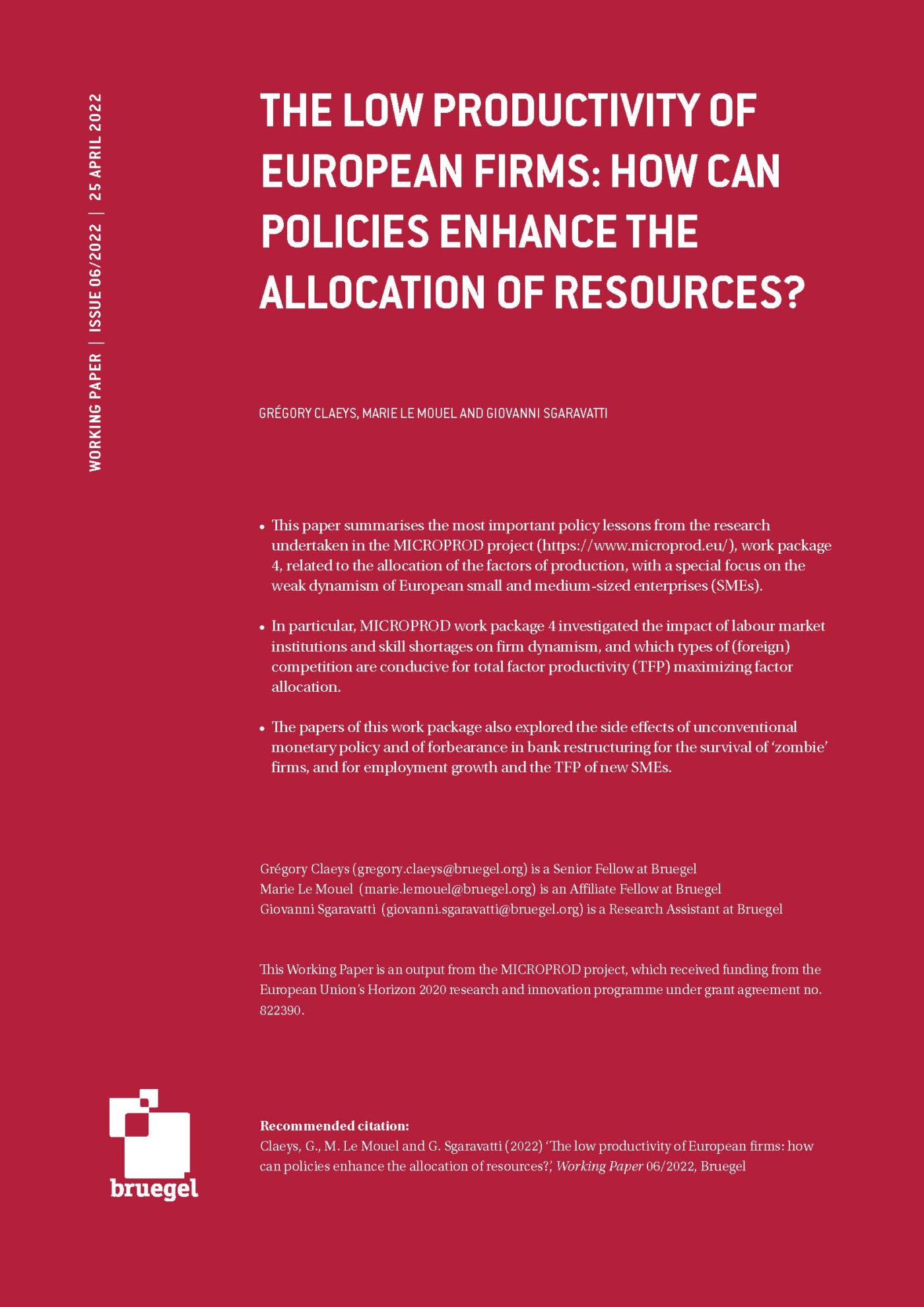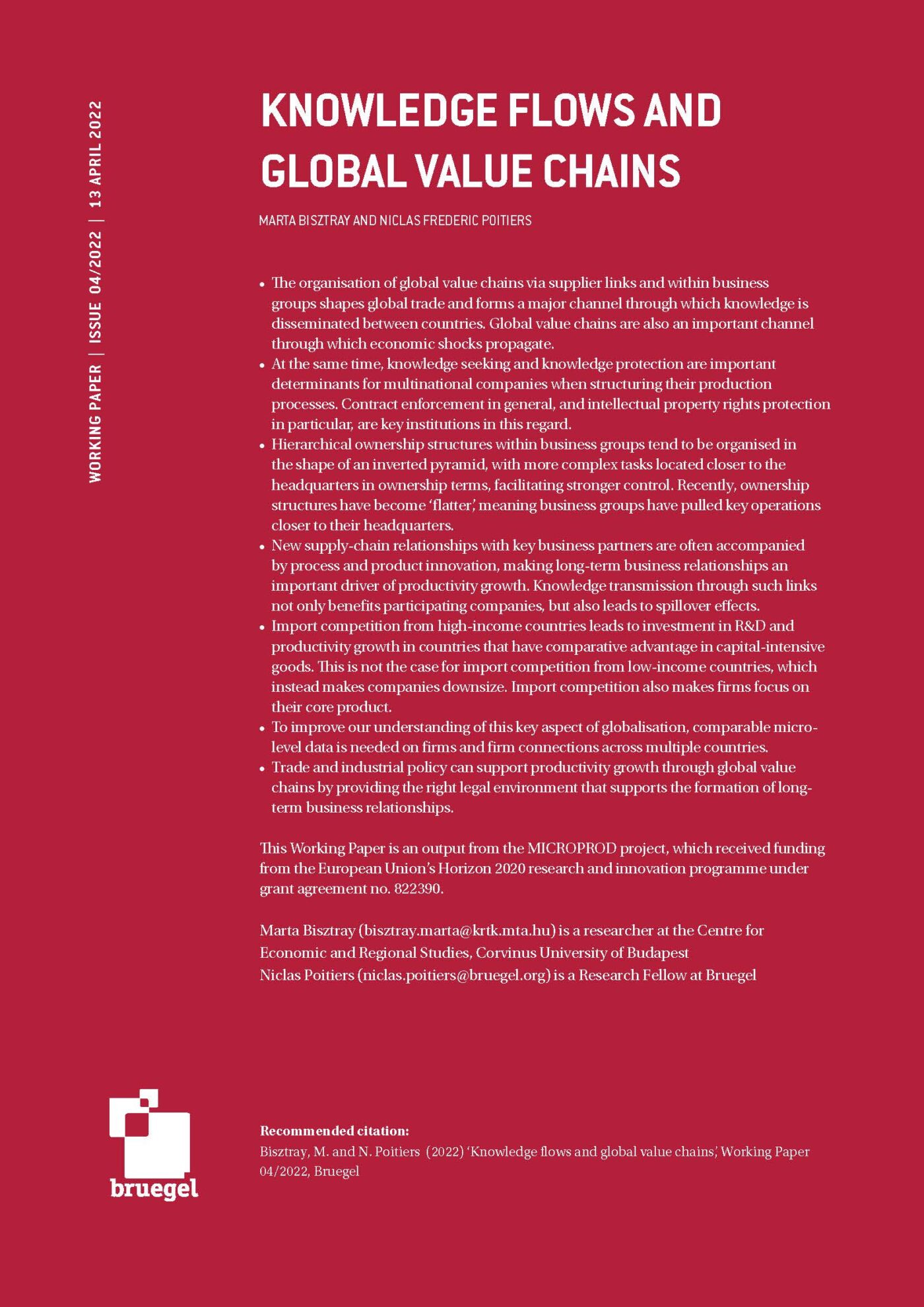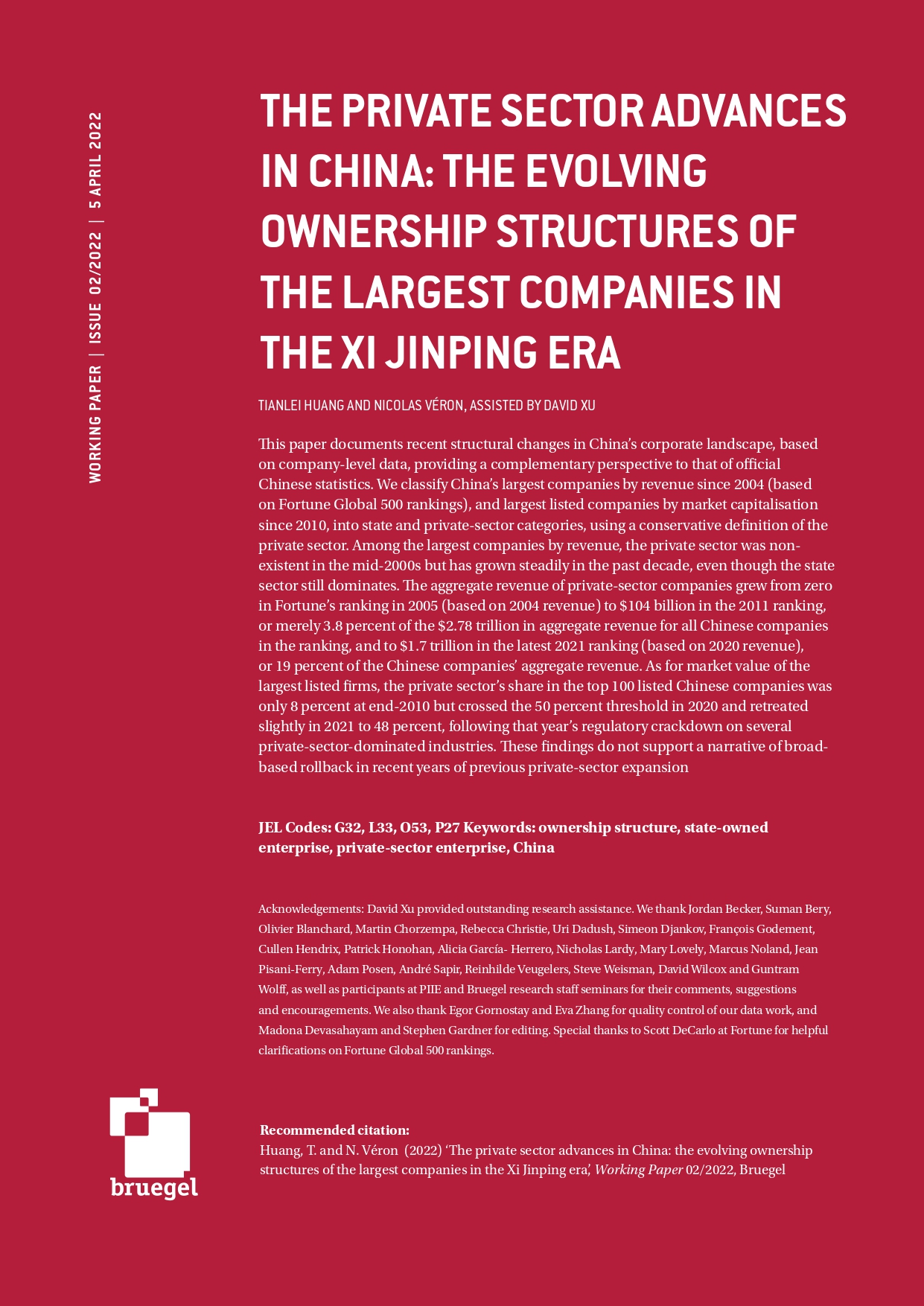Blog Post
The rise of ‘ethical’ investing
We are used to think about the value of investment as measured by financial return. But investing with an eye to environmental or social issues and, more generally, ethical considerations, has become more prominent. We review contributions to this debate.
Environmental, social and governance (ESG), socially responsible investing (SRI), impact investing and gender-lens investing have emerged as a response to investors’ will to combine ethical with financial considerations in investment decisions (see here for an explanation of the differences).
The US Forum for Sustainable and Responsible Investment is due to publish its latest biannual report on US sustainable, responsible and impact investing trends on October 31st. The previous report, out in 2016, revealed a 33% increase in sustainable investing assets since 2014. This week, BlackRock announced that it will launch a line-up of sustainable exchange-traded funds (ETFs) that will allow investors “to align their investments with their values and long-term financial objectives”. BlackRock stated that according to its projections, ESG ETF assets are expected to grow from $25 billion today to more than $ 400 billion by 2028, which could result in an increase in the ETF share of total ESG ETF and mutual fund assets from 3% today to 21% by 2028.
Colby Smith at FT Alphaville thinks that BlackRock’s optimism is premature and cites an analysis by Renaissance Capital, according to which the relationship between ESG scores and financial performance is weak at best and non-existent at worst. Renaissance Capital’s Charles Robertson – cited in the Alphaville piece – argues that while “we would love to think that investing in line with ESG principles would both feel good and show up in market pricing”, there is “virtually zero correlation between sovereign bond pricing (using credit default swaps) and ESG scores (obviously after adjusting for per capita GDP) and not much in the equity markets either. Indeed, the best-performing DMs and EMs in 2018 have the worst ESG scores.”
Sara Bernow, Bryce Klempner, and Clarisse Magnin at McKinsey argue that some institutional investors have held back, and one common reason is that they believe sustainable investing ordinarily produces lower returns than conventional strategies. The authors’ interviews with investors, however, reveal that enhancing returns is a factor in why they pursue sustainable investments.
The evidence is mixed. Several studies have shown that sustainable investing and superior investment returns are positively correlated. Other studies have shown no correlation. Recent comprehensive research (based on more than 2,000 studies over the last four decades) demonstrates sustainable investing is uncorrelated with poor returns. For many investors, the likelihood that sustainable investing produces market-rate returns as effectively as other investment approaches has provided convincing grounds to pursue sustainable investment strategies – particularly in light of their positive effects on risk management.
Back in April, a joint report by the World Bank Group and Japan’s Government Pension Investment Fund (GPIF) found that investors are increasingly combining ESG and impact considerations, e.g. by measuring the impact of their fixed income and other portfolios on targeted ESG outcomes or more broadly against the Sustainable Development Goals (SDGs). Despite this positive trend, however, significant constraints limit the wider adoption of ESG considerations in fixed income markets. There are no standard definitions of ESG; data is still wanting particularly in emerging markets and there are additional issues, such as the role ESG plays in credit ratings and the lack of ESG-focused products for fixed income investors.
The report recommended promoting more robust research on the impact of ESG factors on fixed income investment; refining principles and metrics to allow for customised approaches by investors; and developing innovative products to accommodate the growing demand for fixed income sustainable investments, as the call for green and other labeled bonds currently outstrips supply.
The Economist similarly argues that this nascent investing space still suffers from definitional quibbles: both over where to draw the line between sustainable and “normal” investments, and how to subdivide the universe of sustainable investment. For example, the Global Sustainable Investment Alliance (GSIA) – an umbrella group – counts seven distinct strategies. As demand has broadened, mainstream financial firms have entered the space, but consistent measures and ratings are still a work in progress, as are measures that allow for comparison across investments.
The fundamental question is the trickiest to solve, because it boils down to ethics rather than finance: how can the relative value of, say, educating a girl in the developing world be compared with preventing a tonne of air pollution? In the end, investors’ choices among the different variants of sustainable investments will be driven by their own personal interests, rather than just by financial calculations.
Regulators are responding to these shortcomings. In April, the US Department of Labor released guidance aiming to clarify the administration’s view about how plan sponsors should consider ESG factors when selecting retirement plan investments (see here for a discussion). In Europe, the European Commission issued a proposal in May aimed at making it easier and less costly for investors to identify which investments are sustainable. Andy Pettit at Morningstar says that the difference between the European and US approaches to sustainable investments is stark. The Commission’s proposals are heading down a path of enabling ESG factors to be the primary driver of investment selection if an investor wishes so. As such, they go much further than the US Department of Labor’s guidance, in which plan fiduciaries can use collateral considerations such as social or environmental benefits as tie-breakers for an investment choice.
EIOPA’s Occupational Pension Stakeholder Group, while agreeing with the Commission on the importance of adopting a taxonomy as an enabler for integrating ESG factors in investment decisions, argues that prudential frameworks should remain risk-based. ESG investments will often be long-term and there are concerns that some of the existing prudential rules need improving to better reflect the true risks of such long-term investments.
While some argue that ESG risks are sufficiently material to include them in prudential frameworks, there is a risk that politicians wish to achieve political objectives by tweaking risk weights or capital charges. As investors in the banking and insurance sectors, pension funds want to see strong evidence of ‘green’ support or ‘brown’ penalising factors contributing to financial stability before such measures should be adopted.
Similarly, policymakers should be very careful before making the use of the taxonomy mandatory as a risk-management tool. However carefully designed, it is not inconceivable that the taxonomy will over- or understate some types of ESG risks. An overly strong and harmonised dependency on the taxonomy could then lead to green bubbles.
Republishing and referencing
Bruegel considers itself a public good and takes no institutional standpoint. Anyone is free to republish and/or quote this post without prior consent. Please provide a full reference, clearly stating Bruegel and the relevant author as the source, and include a prominent hyperlink to the original post.









